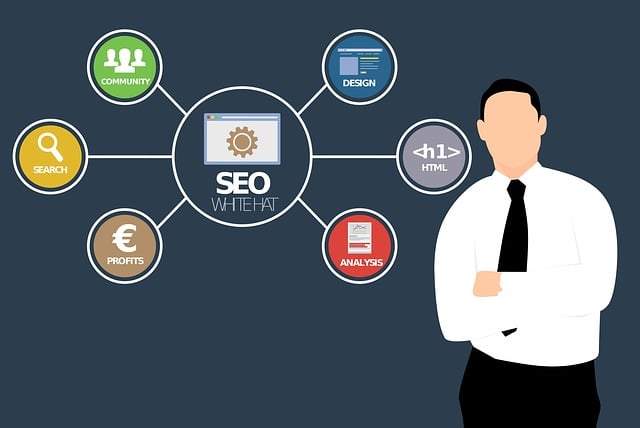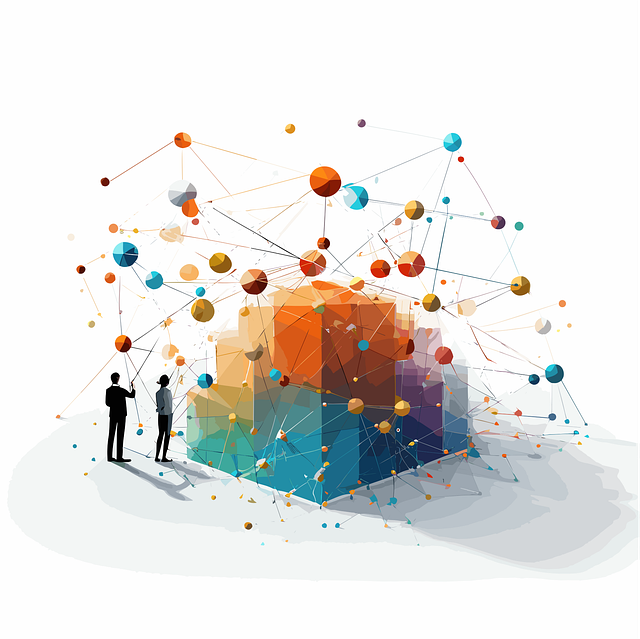Cloud-based AI platforms are revolutionizing food blogging by providing accessible tools for businesses to utilize AI, eliminating the need for in-house technical expertise. These platforms offer features like Natural Language Processing (NLP), Computer Vision, and machine learning algorithms for content creation, analysis, and optimization. They simplify AI integration with pre-trained models and customizable templates while prioritizing data security and privacy, enabling bloggers to focus on content without technical concerns. Key applications include predictive analytics, enhanced food safety, and personalized nutrition plans. Integrating AI-generated content enhances online presence through scalable, engaging, and credible content creation. Best practices involve tailoring AI models, ensuring data privacy, fact-checking outputs, and using AI for tasks like generating recipe ideas or summarizing trends.
In today’s digital age, cloud-based AI platforms are reshaping industries globally. This article explores the transformative power of Artificial Intelligence (AI) in the food sector, focusing on how AI enhances operations and drives innovation. We delve into the benefits and key features of cloud-based AI platforms, providing insights into their impact. Furthermore, we discuss strategies for integrating AI-generated content into food blogs, showcasing practical applications and best practices. Discover how AI is revolutionizing food industry landscapes and unlocking new possibilities for content creation.
- Understanding Cloud-Based AI Platforms: Benefits and Key Features
- The Role of AI in Food Industry: Use Cases and Innovations
- Integrating AI-Generated Content for Food Blogs: Strategies and Best Practices
Understanding Cloud-Based AI Platforms: Benefits and Key Features

Cloud-based AI platforms are transforming how businesses leverage artificial intelligence, especially in creative fields like food blogging. These platforms offer a suite of AI-powered tools accessible via the internet, eliminating the need for extensive in-house technical expertise. One of the primary benefits is scalability; businesses can easily adjust their AI capabilities to meet demand, whether it’s generating content, analyzing customer behavior, or optimizing operations. This agility is particularly advantageous for food blogs, enabling dynamic recipe suggestions and personalized user experiences based on real-time data.
Key features include natural language processing (NLP) for content generation and understanding, computer vision for image analysis, and machine learning algorithms that adapt and improve over time. For AI-generated food blog content, NLP can craft articles and descriptions, while computer vision enhances image recognition and captioning. These platforms often provide pre-trained models and customizable templates, making it easier to integrate AI into existing workflows. Moreover, cloud-based solutions ensure data security and privacy, allowing bloggers to focus on creating compelling content without worrying about technical intricacies.
The Role of AI in Food Industry: Use Cases and Innovations

The food industry is experiencing a significant transformation with the integration of artificial intelligence (AI). AI-generated food blog content is revolutionizing various aspects, from production to consumer experiences. One of the key roles of AI in this sector is predictive analytics, where algorithms analyze historical data to forecast market trends and customer preferences. This enables food businesses to optimize inventory management and tailor their product offerings accordingly. For instance, AI can predict seasonal demands, ensuring efficient stock levels and reduced wastage.
Moreover, AI-driven innovations are enhancing food safety and quality control. Computer vision systems can inspect produce for defects or contaminants with remarkable accuracy, ensuring only the best products reach consumers. Additionally, AI is being used to develop personalized nutrition plans based on individual health data, catering to the growing demand for customized dietary solutions. With its ability to process vast amounts of data quickly, AI is set to redefine how we interact with and consume food in the future.
Integrating AI-Generated Content for Food Blogs: Strategies and Best Practices

Integrating AI-generated content for food blogs has become a game-changer in the digital culinary landscape. Cloud-based AI platforms offer a wide array of tools to streamline content creation, enabling bloggers and businesses to enhance their online presence effectively. By leveraging these technologies, food blogging can reach new heights with personalized, engaging, and diverse content at scale.
Strategies for successful integration include tailoring AI models to specific blog themes, ensuring data privacy and ethical considerations, and fact-checking AI outputs to maintain credibility. Best practices involve utilizing AI for tasks like generating recipe ideas, summarizing food trends, or creating custom cooking instructions. Additionally, combining AI with human creativity allows bloggers to focus on storytelling and visual presentation while leaving technical content generation to the machines.
Cloud-based AI platforms are transforming various industries, and the food sector is no exception. By leveraging AI technologies, from data analysis to content generation, businesses can revolutionize their operations and customer experiences. Integrating AI-generated food blog content offers a unique opportunity to enhance engagement and provide personalized insights. As these platforms continue to evolve, embracing their potential will be key to staying competitive in the dynamic food industry landscape.
